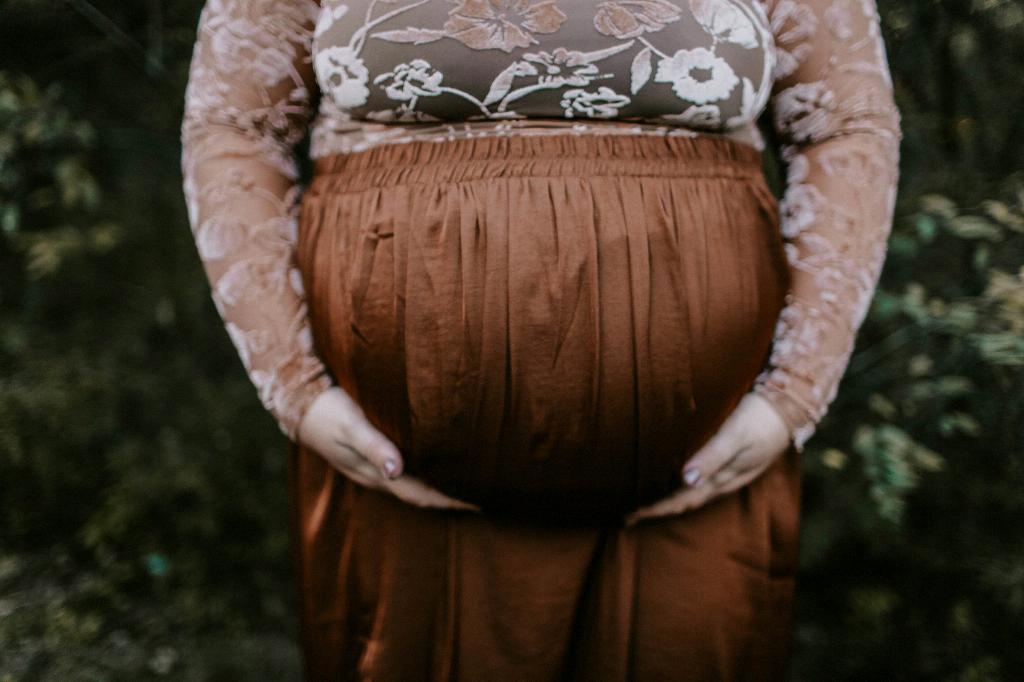When it comes to the size of a pregnant belly, many expecting mothers often wonder what is considered normal. The size of a pregnant belly can vary depending on several factors such as the stage of pregnancy, the number of babies being carried, and the individual mother’s body type.
Typically, healthcare providers measure the size of a pregnant belly by using a measuring tape to determine the fundal height. Fundal height is the distance between the top of the pubic bone to the top of the uterus. This measurement helps healthcare providers monitor the growth and development of the baby.
One important factor to consider is the gestational age of the baby. As the pregnancy progresses, the size of the belly naturally increases to accommodate the growing baby. For instance, at 20 weeks, the average pregnant belly might measure around 20 centimeters, while at 30 weeks, the measurement could be between 28 and 32 centimeters.
It’s essential to note that every pregnancy is unique, and the size of the belly can vary from woman to woman. Factors such as the position of the baby, the amount of amniotic fluid, and the mother’s abdominal muscles can also influence the size of the pregnant belly.
For a singleton pregnancy, the uterus usually expands above the belly button around the 20-week mark. As the pregnancy progresses, the uterus continues to grow, causing the belly to expand further to accommodate the growing baby. By the third trimester, the size of the belly can vary, but a general range is between 32 and 38 centimeters.
It’s important to keep in mind that factors such as multiple gestations, such as twins or triplets, can lead to a larger belly size. In cases of twins, the pregnant belly might measure larger than expected for a singleton pregnancy due to the presence of two babies growing simultaneously.
Healthcare providers use the measurement of the pregnant belly as a guide to ensure the baby is growing as expected and to monitor the overall health of both the mother and the baby. If there are concerns about the size of the belly or if it falls outside the typical range for the gestational age, further assessments or additional tests may be recommended.
In conclusion, the normal size of a pregnant belly can vary depending on various factors, including the gestational age of the baby, the number of babies being carried, and the individual mother’s body type. While there is a general range of belly measurements for each stage of pregnancy, it’s essential to remember that every pregnancy is unique, and what matters most is that both the mother and the baby are healthy and well throughout the pregnancy.

